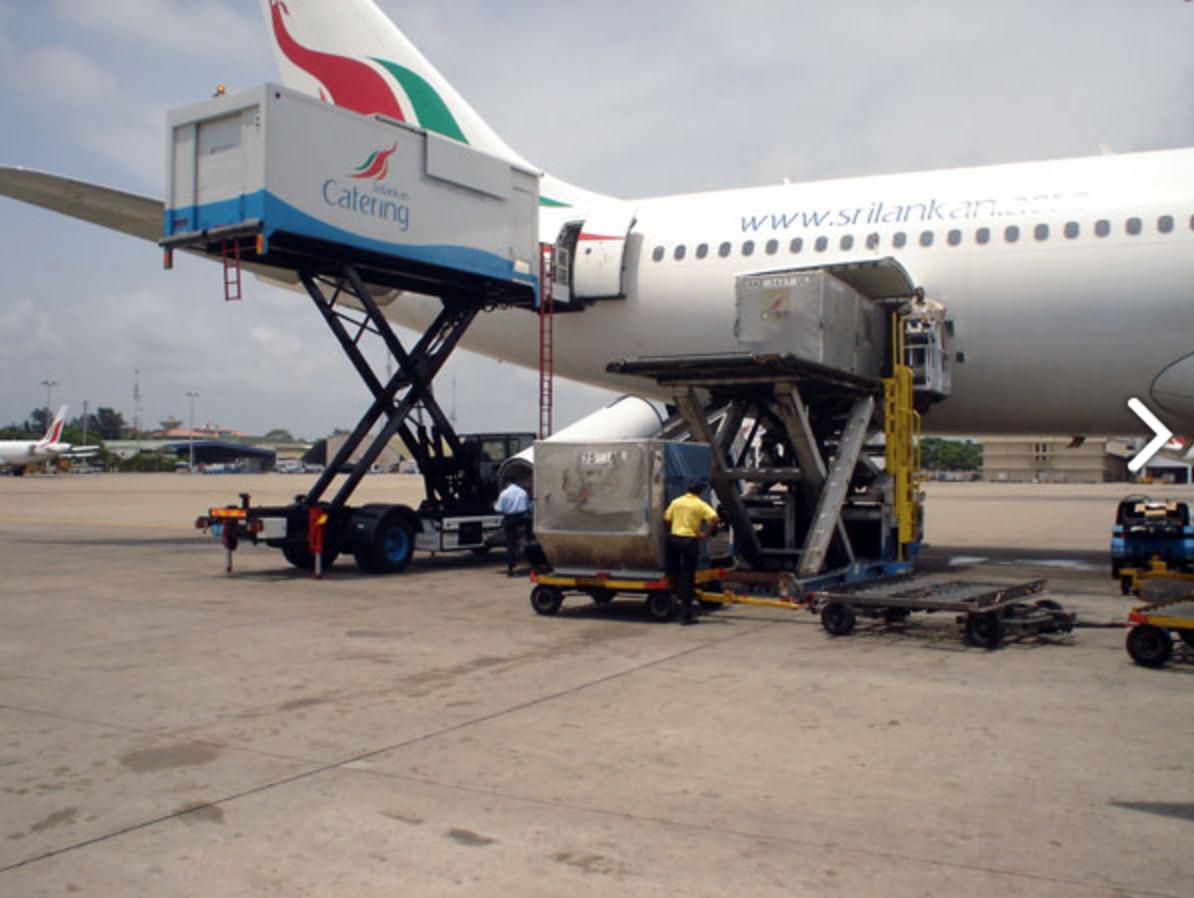SriLankan Airlines is planning to make the most of overcapacity in the air cargo sector by leasing a plane to tackle its own ‘big time’ capacity problems as it shifts to a more regional focus.
The Colombo-based carrier already has a converted MD-82 as well as 22 passenger planes to help it move goods, but is looking to add one more freighter to help it move more, Chamara Ranasinghe, the airline’s head of cargo told Asia Cargo News.

That someone is looking for a freighter in a market burdened by too many planes is eye-catching enough. What is more important, though, is the motivation behind the search. What SriLankan is looking for is not a ‘too-big 747’ but ‘a 45-tonner,’ as Ranasinghe put it.
Currently, SriLankan uses its MD-82 to supplement the capacity of its 10 narrowbody passenger planes, which fly regional routes, and wants the new plane to help it move more.
“Our future is going to rely around China, Sri Lanka, India, Bangladesh. Basically, around ASEAN, the Far East and the Indian subcontinent. This is where we want to monopolize if we can. We believe we are located in a good place,” Ranasinghe said.
This would be both a big step up for the carrier in two ways. Firstly, it would allow it to tackle bigger cargoes than it currently can. “Anything below a hundred kilos we can connect, but when it comes to tons and tons we have a problem,” he added.
What is more significant is not how much more SriLankan could shift with a new plane, but how it indicates a rethinking of its business away from the traditional long-haul business (that it is leaving to others) and towards a more regional market.
“What we are trying to do is have two or three freighters and regional uplift and connectivity,” said Ranasinghe, who pointed out the parallel to what TNT does in Europe and Turkish Airlines in and around Turkey, only with an aim to doing it “for the Indian subcontinent.”
The precedent for this is interesting; some would even say quirky.
SriLankan has what it calls a unique route – its Saturday night special. Every Saturday evening, the MD-82 leaves Colombo carrying 15 tons (or eight pallets) of plucked and packed betel leaves to Lahore, Pakistan. In some parts of the world, moving eight tons of leaves would probably see the police called, but the leaves heading to Pakistan will be combined with a local nut and sometimes tobacco to create paan, a stimulant with some health benefits except to the chewer’s teeth and nearby walls, which the mixture stains in equal measures.
After dropping the betel nut, the MD-82 then moves fabric and other garment- and apparel-related goods to Dhaka, Bangladesh, where it picks up perishables, among them live mud crabs, for the flight home to Colombo.
The unusualness of the paan leg aside, what is being carried on the rest of that trip is similar to what SriLankan moves elsewhere.
Some 60% of its cargo is general or dry cargo, weighted towards the garment sector, although there is a bit more machinery and IT material on the European routes, Ranasinghe said. The rest is perishables from Sri Lanka.
There is an irony in this. One of the reasons Sri Lanka is reporting essentially flat figures is the rise of the Middle Eastern carriers who move volumes of freight on terms which are hard to compete with, yet the fruit they serve passengers sitting above the cargo is often grown in Sri Lanka and as likely as not moved by its national carrier.
From April to August of this year, Sri Lankan has moved 45 million kilos, which Ranasinghe says is “pretty similar” to last year’s total of 102 million tons. The airline foresees no drastic changes in the market, but notes the traditional year-end rally is swamped by too much capacity in the market.
Helping offset this figure, Ranasinghe has noticed a jump in traffic generated by e-commerce. Prior to last year, such traffic was running at about 0.5% of the airline’s total, but is now generating approximately 3% of traffic. “That’s something we look forward to improving,” said Ranasinghe, who declined to elaborate.
All this can only help underscore a welcome contribution to the company’s tattered balance sheet: SriLankan is loss-making – heavily so – but cargo generates 11% of its total revenues, and the hope is this can increase substantially.
“What we want to be is [for cargo to generate] somewhere above 15%, but that largely depends on the capacity we would have,” Ranasinghe said. “Induction of the freighters is the timeline.” So far, there are not many details on that but the cargo team is “pushing for something before November.”
By Michael Mackey
Southeast Asia Correspondent | Colombo